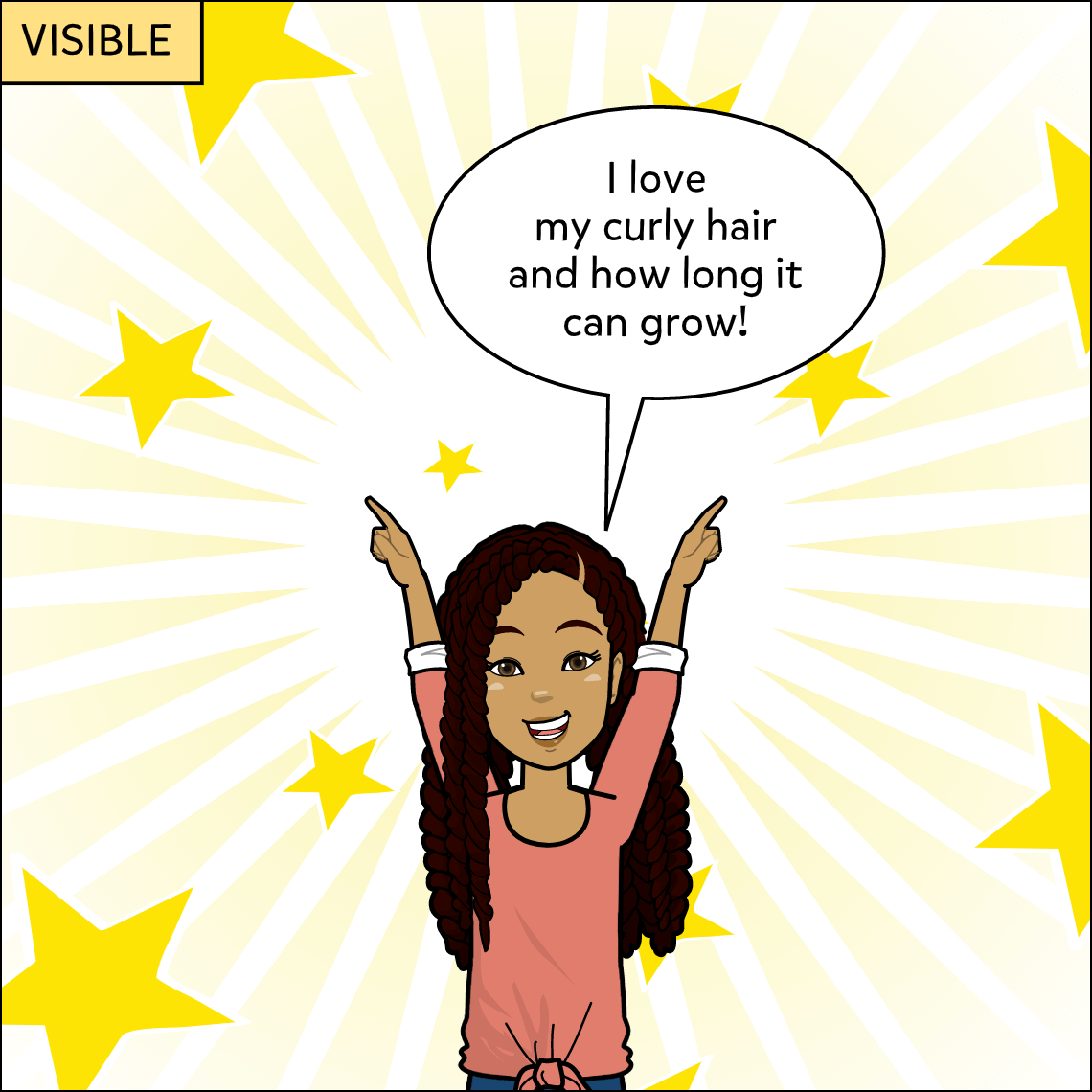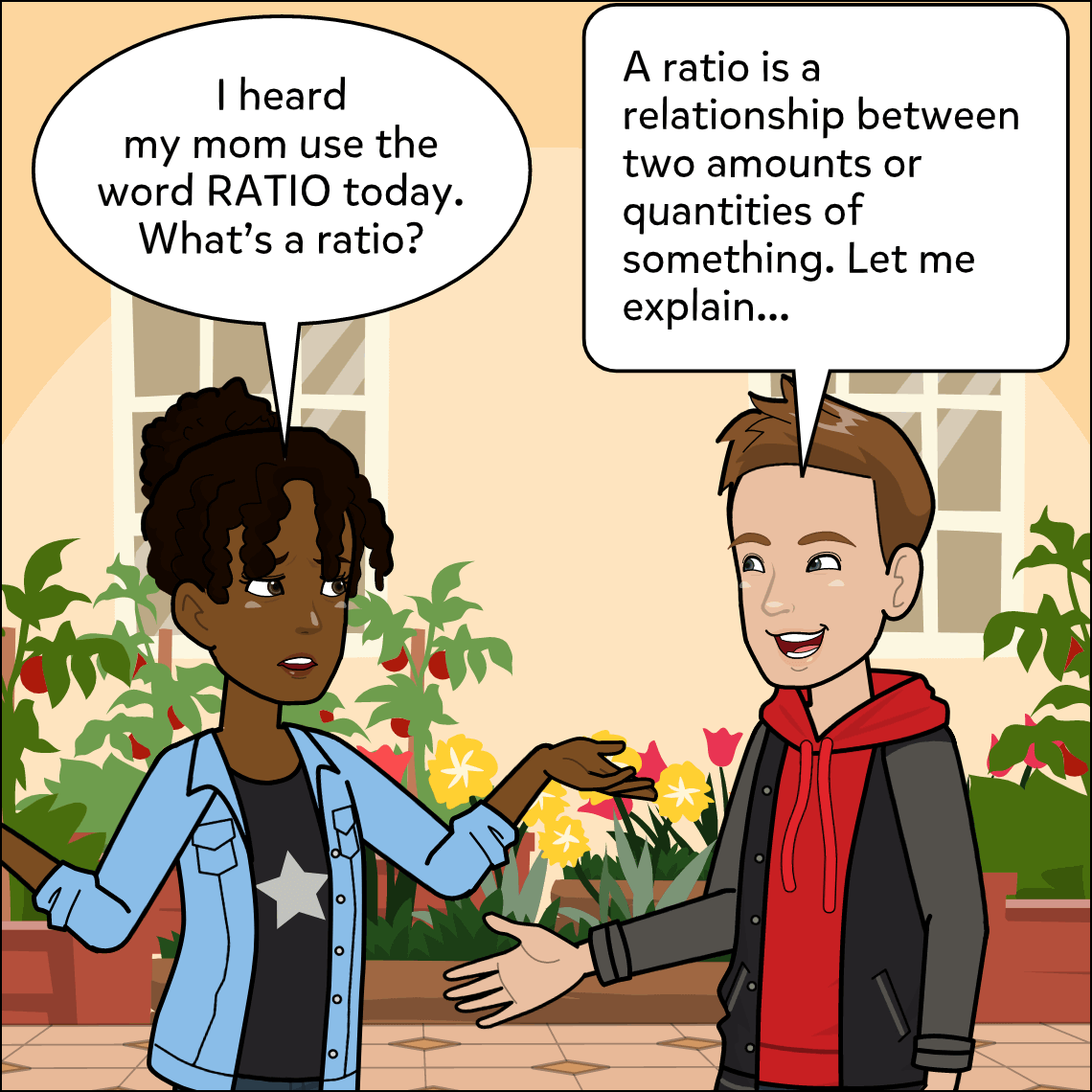Subject: SEL (Social-Emotional Learning)
Lesson Length: 45 mins - 1 hour
Topic: Empathy, Relationships, Belonging
Brief Description: Students will celebrate aspects of their personal and social identities.
Know Before You Start: Students should understand the difference between their personal identity and their social identity.
Hook:
- Ask students:
- “What separates you from others?”
- “Who are you?”
- “What do you celebrate most about yourself?”
- “Why is it important to understand your own identity?”
Activity:
- Have students respond to the prompt “Who are you?” or “What makes you you?” by listing as many terms as they can in one minute.
- Explain the difference between personal and social identity.
-
Personal Identity: A collection of distinct identifying elements that a person develops over time or chooses to make up who they are such as achievements, beliefs, values, memories, habits, style, musical taste, and team affiliations.
- Social Identity: The groups an individual identifies with, which are based on the physical and social characteristics such as race, ethnicity, gender, sex, ability, class/socioeconomic status, religious or spiritual affiliation, citizenship, and age.
-
- Have students highlight personal and social identity terms from their list in two different colors.
- Once completed, give students another minute to add to their list, ensuring to include aspects of both their personal and social identities.
- Have students discuss in small groups:
- What aspect of your identity is most important to you? Why?
- What do you notice first about others’ identities?
- What aspects of your identity are you most / least comfortable sharing with others?
- What commonalities do we have in our group?
- Which aspects of your identity do you feel you experience the most oppression / privilege most often?
- Have students create a comic to display the aspect of their identity which they celebrate most.
Closure:
- Have students share their comics with a peer and determine if they can corroborate each others' interpretations of their social identities.
- Have students reflect on their peers' perceptions of them.
- Share with the class that your identity gives you a sense of self and how you define who you are. It is also how others define you, which can sometimes be different.
- Share with the class that it is crucial to understand and take the time to develop your own identity. When we know who we are and have confidence in who we are, we come out as stronger individuals!
Differentiation:
- Allow students to use the speech-to-text feature.
- Allow students to work in pairs or groups as needed.
- Allow students to use the voiceover to read their comics aloud.
- Provide students with identity categories to support students in generating a list about themselves, e.g.,
- race
- ethnicity
- gender
- sex
- sexual orientation
- religion
- nation origin
- first language
- age
- personality
- achievements
- values
- clubs
- political stance
- peer group
Resources:
- Comic to print or display: Comic.
- Videos:
- Books:
- The Skin I’m In by Sharon Flake
- Dear Martin by Nic Stone
- Article: Exploring the Concept of Identity by Facing History & Ourselves
Suggested Content:
Suggested Story Starters:
 Home
Home
 High School
High School
 Rural
Rural
 Christianity
Christianity
 Judaism
Judaism
 Islam
Islam


